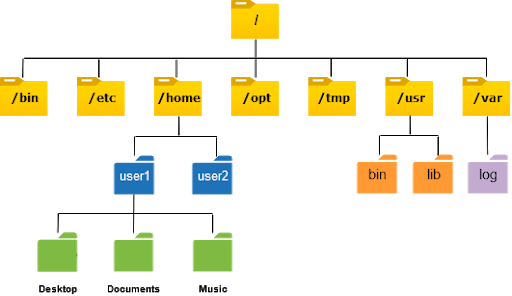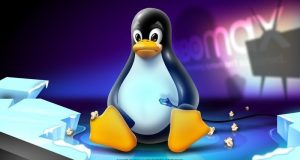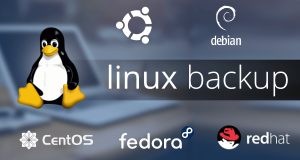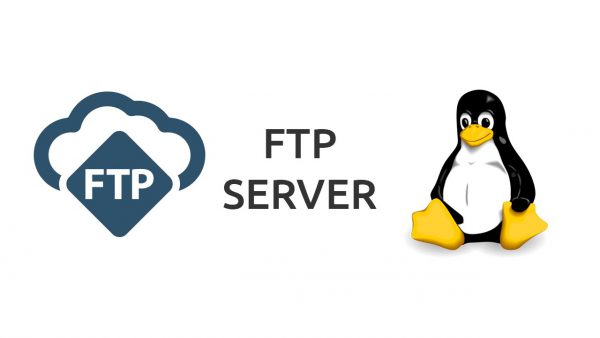Our experts answer your technical questions.
Deleting User Accounts
I want to delete a user account. But I can’t find any command to do so. Is there any utility to do so? —Harry Wong
A Simple Process
Many of the Linux distributions ship with a deluser or userdel command that reverses the action of the adduser or useradd command. Search the man pages or simply try the commands to see if they exist on your system.
Failing that, deleting a user consists of two main steps:
1) Delete the user’s entry in /etc/passwd
As root, and using your favorite editor, edit /etc/passwd (I always make a backup copy before messing with the password file because you can never be too careful). Search for the line that starts with the users login ID and delete the entire line.
2) Delete the user’s home directory.
Again as root, use the rm command recursively to get rid of files by typing —Vince Waldon vwaldon@redcross.ca
Using MD
I have just added four additional drives to my Linux/Compaq Proliant 1000. I recompiled the kernel to include the md/linear option. Now I cannot find any instructions on how to make the MD work with all the drives. What I want to do is have all five drives connected such that when the first drive is full, the data will go to the second drive and so on. —Robert Binz
Getting Help with MD
More information on using MD can be found in the MD FAQ at ftp://sweet-smoke.ufr-info-p7.ibp.fr/pub/linux/. You should find two files. The first, md-FAQ, can answer many of your questions. The second, md035.tar.gz (this is the current version of MD at the time of this writing), contains the utilities you will need to manage your MD system, as well as more documentation.
Be aware the MD package is still under development. Certain parts of the system (such as mirroring) are not yet considered stable. If you plan to use MD, I recommend you join the mailing list by sending mail to majordomo@vger.rutgers.edu with the message body “subscribe linux-raid”. —Chad Robinson, BRT Technical Services Corporation chadr@brttech.com
Restricting Users to FTP Access
I need to create a captive account which restricts the user to only FTP access of the system. I also need to restrict the user to accessing only directories above a root directory I specify. Can you please let me know how to implement this? —Steve Stuczynski
Creating Guest Groups
First add a guest group entry in the /etc/ftpaccess file. Specify which group of users will be treated as guests by typing guestgroup ftponly. Then create the ftponly entry in /etc/group by typing ftponly::22:. Next, create a user member of this group, with no shell, in /etc/passwd:
user1:the_passwd:22:22:Limited FTP user:/home/ftp/user1:/bin/true
Don’t forget to create the /home/ftp/user1 directory. Last, add /bin/true in /etc/shells. Now check your work to make sure it works! —Pierre Ficheaux, Lectra Systemes pierre@rd.lectra.fr
Secure FTP
There are simple and complex ways to restrict user access to FTP only. There is a HOWTO that describes this in detail, as well as potential security problems you should be aware of.
This FAQ is unfortunately not an official part of the Linux HOWTO and mini-HOWTO compilation, but Slackware users can find it as part of the installation anyway, in /usr/doc/faq/howto/mini/Anon-FTP-FAQ. Although the document is geared primarily towards creating a secure anonymous FTP site, it actually covers an extensive range of the setup required for your desired effect. —Chad Robinson, BRT Technical Services Corporation chadr@brttech.com
Changing Configuration Settings
After a successful installation of Red Hat’s Colgate release of Linux, I have found I would like to change some of my configuration settings. Is there a way to get back into the setup utility that steps you through setup? Or is there an easier way of doing this? In particular, my NIC is not working right and I don’t know how to configure it correctly. —Jeff L. LaPlante
Using Control Panel
You need to use the control panel. It is an X-based set of utilities. The control panel will start automatically if you do a startx as root, or you can do a su, set your DISPLAY environment variable, and then run control-panel. In particular you want to run the Network Configurator (netcfg) and possibly the Kernel Configurator —Donnie Barnes, Red Hat Software redhat@redhat.com
Changing g++ Filenames
How can I change the name of the output file after compiling my source code with g++? I don’t have the manual entry for this command. —Kennie Jose Cruz
Renaming Executables With -o
To change the name of an executable created by g++ or gcc, use the following command: —Rafael Rodrigues Obelhei roobelix@mikrus.com.br
Info Files and Man Pages for gcc
You can find this information in the gcc info files which should be accessible by typing info gcc, or in a shorter version by typing —Ralf Stephan
Keeping Track of Version Changes
Where can I find out what changed between Linux kernel versions? —Koen Rosseau
The Kernel Change Summary
Check out the Kernel Change Summary at ftp://ftp.shout.net/pub/users/mec/kcs/. This covers the 1.3, 2.0, and 2.1 series kernels. —Matt Hartley hartlw@rpi.edu
Xterm Error Message
When trying to run xterm under X, I get the error message no ptys available. I have used Slackware in the past and have never had a problem with xterm before. —Thomas Granger
Restoring Device Files
Most likely some of your pty device files got messed up. Check in /dev and restore them with mknod or —Bert Vermeulen bert@terra.cnct.com
Finding bootp
Where do I find a bootp server software and directions on how to install it? —Carl Fritch
Check Man Pages
Any Linux distribution should come with a bootpd (probably either /usr/sbin/bootpd or /usr/sbin/in.bootpd) and a man page for it. —Steven Pritchard, Southern Illinois Linux Users Group steve@silug.org
 Linux, Linux OS, Free Linux Operating System, Linux India Linux, Linux OS,Free Linux Operating System,Linux India supports Linux users in India, Free Software on Linux OS, Linux India helps to growth Linux OS in India
Linux, Linux OS, Free Linux Operating System, Linux India Linux, Linux OS,Free Linux Operating System,Linux India supports Linux users in India, Free Software on Linux OS, Linux India helps to growth Linux OS in India





